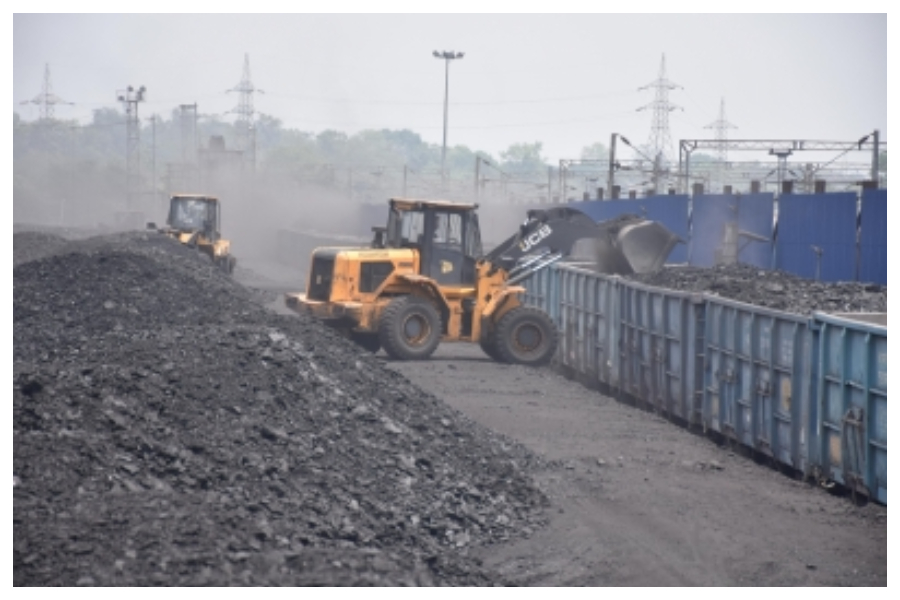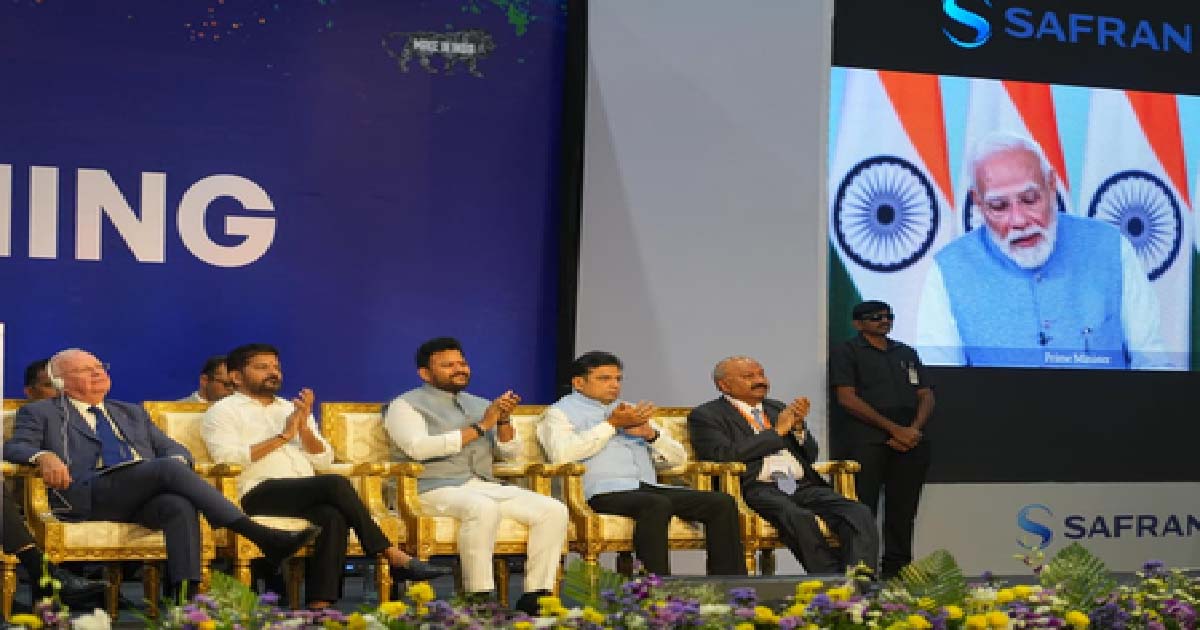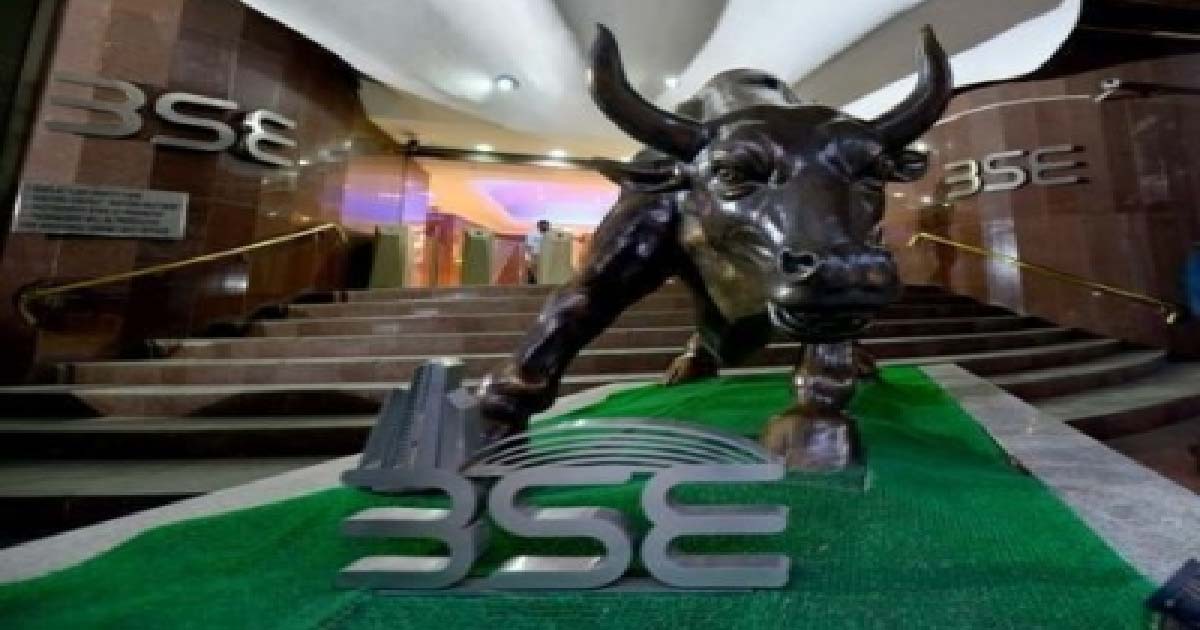Business
Misplaced activism undermining development: The Hasdeo story

What does Parsa in Hasdeo, Chhattisgarh, have in common with the northwest German village of Lutzerath or Brasilia in Brazil? They are hubs for protests against coal mining, with well-funded activists taking the forefront citing lack of protection for indigenous reserves.
In Chhatisgarh, the ‘adivasis’ (tribals) in Hasdeo have been resisting the destruction of their lands because of the coal mines in which Rajasthan government’s owned power company, Rajasthan Rajya Vidyut Utpadan Nigam Limited, has invested heavily for commissioning of 4,400 MW of thermal power stations.
They are supposed to source coal from its three Parsa East-Kanta Basan (PEKB), Parsa and Kente Extension Coal Blocks with annual production of close to 30 million tonnes.
However, it has been able to produce only half of it from the first phase of PEKB Block while both Parsa and Kente Extension coal blocks have failed to take off, courtesy the protests.
Meanwhile, in Brazil, indigenous groups have held many protests to pressure lawmakers into strengthening protection for indigenous reserves and limit illegal activity by miners and ranchers encroaching on their territory.
In Germany, protestors in Lutzerath are protesting the planned expansion of a nearby coal mine as they believe that the village has long been doomed to disappear to allow the gigantic Garzweiler open-pit lignite mine to expand further.
But Parsa’s case differs from Brazil and Germany. The vast majority of Brazil’s electricity is produced by hydro power with just 3 per cent coming from coal, some of which is imported.
Germany, on the other hand, is planning to abandon coal by 2030 as part of the transition away from fossil fuels and toward cleaner energy sources.
In India, the major production of electricity is achieved through coal, which is around 75 per cent of the total power generation. India’s per capita electricity consumption is half of Brazil, one-fourth of China and sixth of Russia among BRIC nations.
India has the fifth largest coal reserves in the world and it is the most affordable fuel for the developing nation.
Also, unlike Brazil, Parsa’s units are not illegal. The five petitions filed by protestors against the coal mines in Parsa at the Chhattisgarh High Court have been rejected.
But both the mines are still facing the heat of the protests, making the financial condition of hundreds of families, who willingly offered their land for the critical mine project a couple of years ago, worse.
Locals are neither able to carry on their agriculture activities nor are there any job prospects due to delayed mining projects. They are compelled to live on the money they received as compensation for their land.
Besides, thousands of direct and indirect jobs in the underdeveloped region, Rajasthan power utility is estimated to pay nearly Rs 2,000 crore to the Chhattisgarh government in terms of various taxes and royalties. Hence, it is critical for the financially weak state-owned power utilities to have captive coal blocks since there are unable to afford expensive imported coal.
But what the activists behind this smear campaign, who the locals believe are sponsored, don’t understand is that Rajasthan will plunge into severe power crisis if it fails to kickstart coal production from the second phase of PEKB Block where it is not possible to recover coal anymore from the first phase. Also, coal production from Parsa and Kente Extension blocks is critical for Rajasthan’s energy security in the future.
A senior official from Ventura Securities last week said steep electricity prices will not only affect households but also have an impact on the overall economy as well. Especially at a time, when the country is trying to be self-sufficient and self-reliant and is in the process of becoming a stiff competitor to international market giants like China.
As far as environmental hazards go, to say that the economic landscape for coal mining has changed dramatically in the past two decades won’t be incorrect.
According to a report by Coal Ministry in 2021, the government has put major thrust on sustainable development in coal mining and is taking multi-pronged action on both environmental and social fronts.
The Coal Ministry has moved forward with a comprehensive sustainable development plan and has initiated its speedy implementation.
Primary focus is on making immediate social impact through Out of Box measures, besides regular environmental monitoring and mitigation during mining operation.
PEKB, Parsa and Kente Extension blocks will be operated by long-term agreement for Mine Development and Operations (MDO) instead of conventional and inefficient short-term contracts for coal excavation.
In the case of MDO model, the mine developer and operator must ensure “responsible mining” practices. This compels mining companies to address the interests of all the stakeholders, including the local community and the government.
According to Indian legal and regulatory frameworks, the lease holder of the coal mine must compensate for tree felling by even higher afforestation. Both PEKB Block’s second phase and Parsa blocks have received all the approvals from the local communities, state and Central government authorities.
Rajasthan is facing hurdles on account of misinformation spread by a handful of professional activists targeting the development of its coal blocks.
The debaters are arguing that Rajasthan’s coal blocks will affect the biodiversity of Hasdeo forests by undermining Rajasthan’s impressive records in afforestation.
Rajasthan power utility has planted more than eight lakh trees to compensate for the impact on the local ecology to make PEKB Block the model mine in the country.
Rajasthan’s power utility is one of the first mining lease holders to deploy heavy duty tree transplanters to relocate more than 9,000 trees instead of cutting them down. Further, Chhattisgarh’s Forest Department has already planted more than 60 lakh trees.
In absence of desired support from the locals of the mining areas, resourceful activists have launched big budget social media campaigns. In April 2022, project-affected people came together in large numbers to urge the Chhattisgarh government to allow Rajasthan for its mining operations. However, the situation is still far from desirable.
Business
Assam saw major drop in child marriage cases under BJP govt: CM Sarma

Guwahati, Nov 26: Assam Chief Minister Himanta Biswa Sarma on Wednesday underscored a “major turnaround” in the state’s battle against child marriage, saying a combination of stringent enforcement and systemic reforms has led to significant declines in the underage marriages and boosted legal accountability.
CM Sarma claimed that according to NFHS‑4 (2015-16) data, 31.8 per cent of women in Assam aged 20–24 were married before turning 18 – a rate that exceeded the national average.
Moreover, district-level fact sheets had recorded alarming prevalence in districts such as Dhubri, South Salmara, Barpeta and Nagaon, as high as 40–55 per cent.
However, the state now claims a decisive shift. Between 2023 and 2024 alone, more than 8,600 arrests were made in coordinated crackdowns under both the Protection of Children from Sexual Offences Act (POCSO) and the Prohibition of Child Marriage Act (PCMA).
According to the Chief Minister, in 2022 the number of cases registered stood at 224, sharply up from just 149 in 2021, indicating a steep rise in enforcement.
CM Sarma said, “Beyond arrests, Assam has formed district-level task forces, headed by superintendents of police, to track and intercept impending child marriages. Community-level workers – including ASHAs, Anganwadi staff and schoolteachers – are now required to report suspected cases in real time.”
“Several districts have also reportedly established digital databases and child-protection tracking mechanisms,” he added.
The CM claimed that these measures have borne fruit: In hotspot districts, the incidence of child marriage fell by 8–17 per cent within a year, and more than 3,000 planned child marriages were prevented in 2023–24 alone.
Notably, the Assam government’s recent actions – from sustained crackdowns to setting up institutional safeguards – reflect a far more aggressive stance on child marriage than seen in earlier years, when the practice was largely treated as a social issue rather than a crime.
Business
Revanth Reddy urges PM Modi to declare Bengaluru-Hyderabad as defence & aerospace corridor

Hyderabad, Nov 26: Telangana Chief Minister A. Revanth Reddy, on Wednesday, appealed to Prime Minister Narendra Modi to declare Bengaluru-Hyderabad as a defence and aerospace corridor.
The Chief Minister said this during the inauguration of the French aerospace major Safran’s largest MRO centre for the CFM International LEAP engines in Hyderabad.
The Chief Minister stated that declaring Bengaluru-Hyderabad as a defence and aerospace corridor will contribute to Viksit Bharat.
The Safran Aircraft Engine Services India (SAESI) facility at the GMR AeroPark (SEZ) near Shamshabad will be operational in 2026.
The Chief Minister congratulated Safran for choosing Hyderabad for a big investment and thanked it for its trust and continued partnership with Telangana.
He stated that this new facility marks an important milestone for Telangana’s growth in the aerospace and defence sector.
Revanth Reddy noted that this is the first-ever Maintenance, Repair and Overhaul (MRO) centre for LEAP engines in India. Set up with an investment of ₹1,300 crore, the centre will employ over 1,000 skilled technicians and engineers, while also generating new business opportunities for local MSMEs and precision engineering firms, he said.
He said that the foundation stone was also laid today for Safran’s M88 Military Engine MRO, which will support both the Indian Air Force and the Indian Navy.
The Chief Minister emphasised that Hyderabad has emerged as a major aerospace and defence hub, home to more than 25 major global companies and over 1,500 MSMEs. He added that Telangana’s progressive industrial and MSME policies are ranked among the best in India.
He said that Hyderabad’s world-class infrastructure, aerospace parks and SEZs continue to attract mega investments from leading global companies, making the city a top choice for highly complex precision engineering projects.
He noted that Hyderabad is already a preferred destination for companies such as Safran, Boeing, Airbus, Tata, and Bharat Forge for manufacturing and R&D activities, and has become one of India’s leading MRO and aero-engine hubs.
The Chief Minister highlighted that Telangana’s aerospace and defence exports doubled last year, reaching ₹30,742 crore in just nine months, surpassing the state’s pharma exports for the first time.
He also mentioned that Telangana has consistently won the Best State Award for Aerospace from the Ministry of Civil Aviation.
He underscored that skilling is a key factor in attracting aerospace investments. Telangana has upgraded 100 Industrial Training Institutes into Advanced Technology Centres in partnership with Tata Technologies, ensuring youth are job-ready for advanced manufacturing.
He added that the Young India Skills University is offering specialised training in aircraft maintenance and invited Safran to be a lead partner in aerospace and MRO skilling initiatives.
Reaffirming Telangana’s commitment to supporting partners like Safran with world-class infrastructure, the Chief Minister spoke about the upcoming Bharat Future City, being developed across 30,000 acres as a planned, fully green, net-zero global destination – India’s answer to New York, Tokyo, Dubai and Singapore.
He extended an invitation to the Prime Minister to attend the ‘Telangana Rising 2047 – Global Summit’ at Bharat Future City on December 8 and 9, where the state’s long-term vision will be unveiled. Telangana aims to become a $1 trillion economy by 2035 and a $3 trillion economy by 2047.
Business
Sensex, Nifty open higher on global optimism

Mumbai, Nov 26: Indian share markets opened higher on Wednesday, supported by strong global cues.
The Sensex rose 260 points, or 0.31 per cent, to 84,847, while the Nifty gained 88 points, or 0.34 per cent, to trade at 25,973 during early trading session.
“The Nifty continues to remain range-bound, with resistance placed around 26,000–26,050 and near-term support at 25,750–25,800 ; a zone that may attract accumulation if tested,” analysts said.
“Fresh long positions can be considered once the Nifty convincingly crosses 26,100–26,130, while keeping a close watch on global cues and key technical levels,” market watchers added.
Global markets have been rallying for the third straight day as investors grow optimistic about a possible US Federal Reserve rate cut in December 2025.
This positive sentiment helped lift domestic equities as well.
Several major stocks led the gains on the Sensex, including Tata Motors PV, Trent, Adani Ports, Tata Steel, L&T, Ultratech Cement, Infosys, Maruti Suzuki, ICICI Bank and Tech Mahindra.
On the other hand, Bharti Airtel, Hindustan Unilever, and TCS were the only stocks that declined in early trade.
Broader markets also edged higher. The Nifty MidCap index climbed 0.53 per cent, while the Nifty SmallCap index advanced 0.79 per cent — showing strong interest from investors across the board.
Among sectors, metals were leading the market rally. The Nifty Metal index jumped 1.7 per cent.
PSU banks, IT, financial services, and private banks also saw gains of up to 0.8 per cent, contributing to the overall positive market mood.
Analysts said that the best strategy for retail investors is to refrain from trading and slowly accumulate fairy-valued high quality growth stocks which will be available at attractive valuations due to heightened volatility.
-

 Crime3 years ago
Crime3 years agoClass 10 student jumps to death in Jaipur
-

 Maharashtra1 year ago
Maharashtra1 year agoMumbai Local Train Update: Central Railway’s New Timetable Comes Into Effect; Check Full List Of Revised Timings & Stations
-

 Maharashtra1 year ago
Maharashtra1 year agoMumbai To Go Toll-Free Tonight! Maharashtra Govt Announces Complete Toll Waiver For Light Motor Vehicles At All 5 Entry Points Of City
-

 Maharashtra1 year ago
Maharashtra1 year agoFalse photo of Imtiaz Jaleel’s rally, exposing the fooling conspiracy
-

 National News1 year ago
National News1 year agoMinistry of Railways rolls out Special Drive 4.0 with focus on digitisation, cleanliness, inclusiveness and grievance redressal
-

 Maharashtra1 year ago
Maharashtra1 year agoMaharashtra Elections 2024: Mumbai Metro & BEST Services Extended Till Midnight On Voting Day
-

 National News1 year ago
National News1 year agoJ&K: 4 Jawans Killed, 28 Injured After Bus Carrying BSF Personnel For Poll Duty Falls Into Gorge In Budgam; Terrifying Visuals Surface
-

 Crime1 year ago
Crime1 year agoBaba Siddique Murder: Mumbai Police Unable To Get Lawrence Bishnoi Custody Due To Home Ministry Order, Says Report












